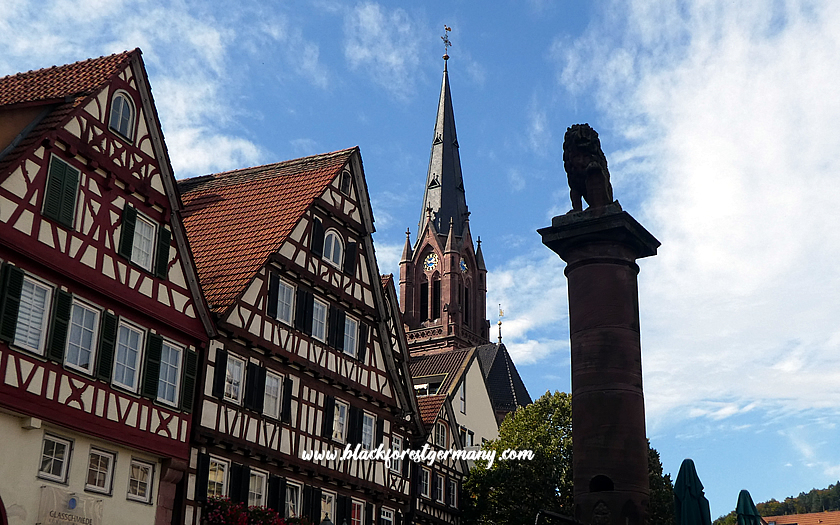

Calw, Germany
The town of Calw in the Nagold Valley is a good base from which to explore the northern Black Forest. It has an attractive, largely pedestrianised historic town centre and is easily accessible by rail and road.
Calw is also closely associated with the famous German writer Hermann Hesse, who used a fictional version of the town in some of his works.
The town is the administrative centre of the Calw district and has a population of just under 24,000.
Where is Calw in the Black Forest?
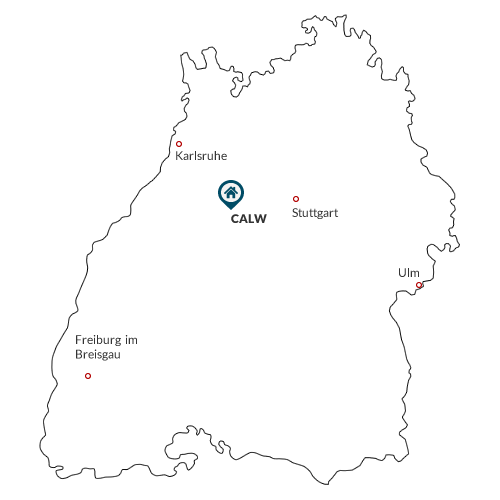
Calw is located near the north-eastern corner of what is usually referred to as the Black Forest part of Baden-Württemberg. It lies in the Nagold valley, which is an access route for people coming from the north, particularly from the cities of Pforzheim and the state capital Stuttgart.
Getting to Calw
Calw is a stop on the Nagold Valley railway line which accesses the Black Forest from Pforzheim and leads south towards Nagold and Hochdorf, where it connects with the Gäubahn line between Stuttgart and Freudenstadt (a main rail connection for other parts of the northern and central Black Forest).
Three minor roads meet in Calw. The B463 arrives from Pforzheim to the north and leads to Nagold and Horb in the south. The B295 provides access to the city suburbs of Stuttgart while the B296 links Tübingen to the east with Bad Wildbad to the west. Calw is not too far away from the A81 Stuttgart-Singen motorway to the east or the A8 Karlsruhe-Stuttgart motorway to the north.
What to do in Calw
Calw is part of a tourist route linking historic towns known for their traditional half-timbered houses - known in German as the "Deutsche Fachwerkstrasse".
As well as the attractive historic buildings in the old town, Calw is famous as the birthplace of the famous German writer and Nobel Prize winner Hermann Hesse. He often wrote about his boyhood in the Nagold Valley.
Finally, two kilometres away are the ruins of the Benedictine monastery of St Peter and St Paul. Hirsau Abbey was once one of the most influential monasteries in all of Germany.
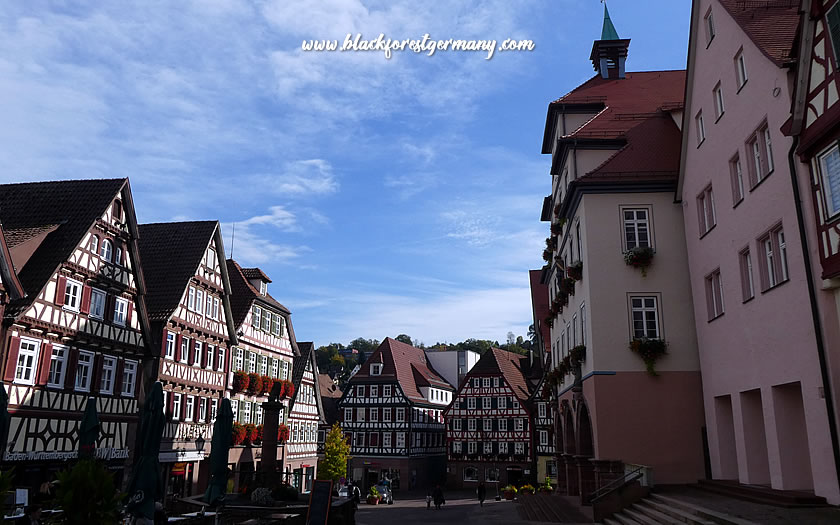
The market square in Calw
The History of Calw
Like many towns and villages in the Black Forest, Calw began as a trading centre for the Nagold valley, dealing mainly in salt, cloth and leather goods. The origins of the settlement can be traced back to the monastery at Hirsau, a few kilometres to the north, which was once one of the most important in Germany.
It grew rapidly due to its commercial success and became the local administrative centre as part of the domain of the Counts of Württemberg. It suffered during the various religious and political wars of the Middle Ages, but by the 17th century it was still half the size of Stuttgart and made a healthy tax contribution to the ruling court.
Like many towns whose fortunes were tied to the textile trade, Calw eventually suffered from competition from cloth, which could be produced more quickly and cheaply thanks to technological innovations. The textile industry, which had been so successful over the centuries, came to an end during the Napoleonic wars at the end of the 18th century.
The town was connected to the railway network towards the end of the 19th century. It survived the conflicts of the 20th century relatively undamaged and part of the attraction of the town is the collection of timber-framed houses in the centre dating back to the Middle Ages.
The other great attraction is the town's connection to Herman Hesse, one of the most famous German writers.
How do you pronounce Calw?
Calw originates from old German, possibly meaning 'bare patch of land'. Apparently the name of the town was once spoken as 'Calb', but these days the last letter is generally pronounced as an 'f'. Therefore the closest English-language pronunciation would probably be 'kulf' (or 'kulv' with a short 'v')...
Calw and Herman Hesse
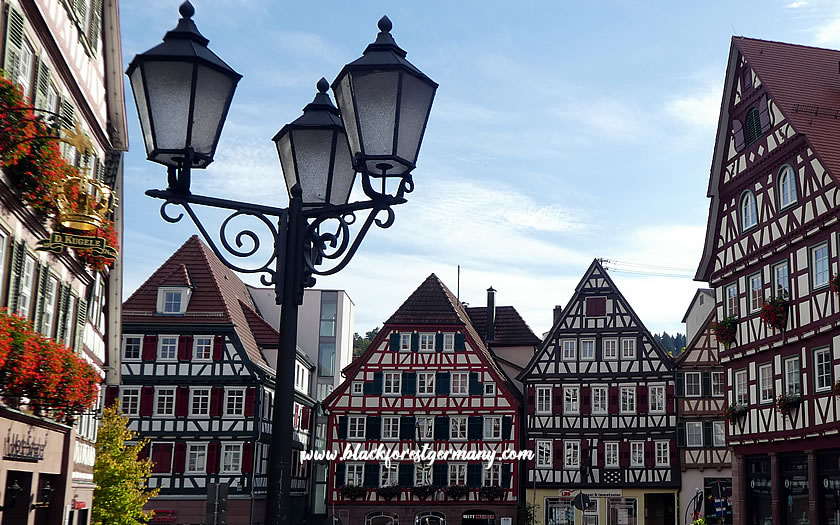
Timber-framed houses in Calw
(The building where Herman Hesse was born is on the extreme left)
Herman Hesse was born in Calw in 1877. The author of such works as Steppenwolf and The Glass Bead Game spent much of his childhood and youth in the family home, which still stands on the market square.
Although Hesse moved away and eventually lived on Lake Constance or in Switzerland, he retained an affection for the town of his birth and it appears in his works as the fictional 'Gerbersau'. ('Gerber' in German means 'weaver', with a link to Calw's traditional textile trade).
He wrote: "The more age catches me in its net, the more unlikely it becomes that I will see the home of my childhood and the years of my youth again, but the images I carry with me of Calw and Swabia retain their validity and freshness".
Calw, which calls itself the 'Herman Hesse town', has its own Herman Hesse museum and a statue of the author on the Nikolausbrücke bridge over the Nagold.
Where to Stay in Calw
Those looking for a Calw hotel room can try one of the options below. Those who prefer self catering apartments or bed-and-breakfast accommodation may prefer to check the apartment and room availability on the map below the hotel listings.
Hotels in Calw
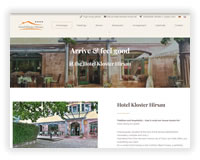
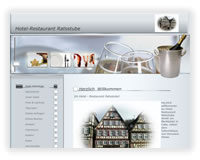
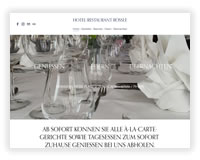
Check accommodation availability in Calw
Check availability of all types of accommodation in Calw, from apartments to bed & breakfasts to hotels, using this map. Use the '+' and '-' signs to zoom in and out and the search box to select dates. Click on the price to see more details about the accommodation.
